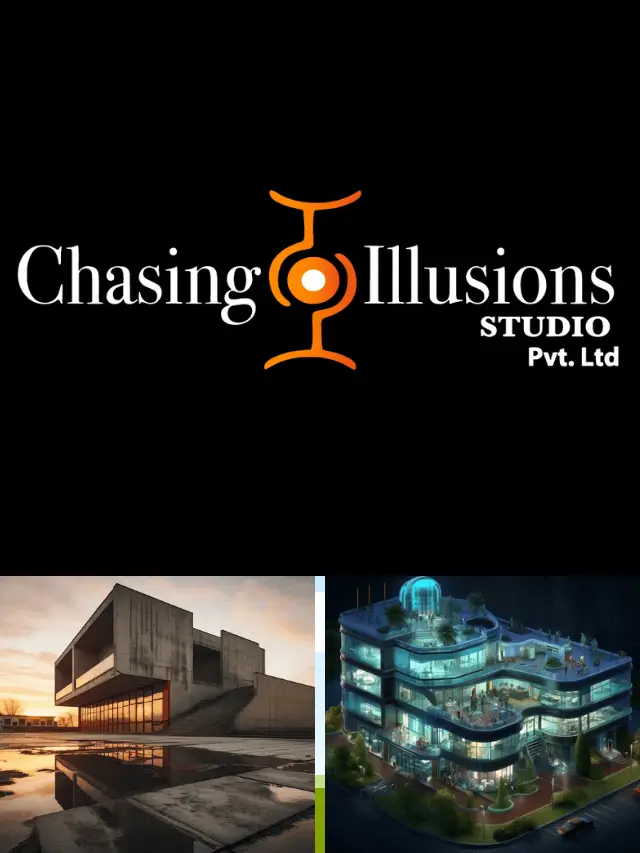
How Animated Safety Training Videos Can Prevent Top Industrial Safety Hazards
Introduction: Animated Safety Training Videos
Workplace safety is a top priority in every industry—whether it’s manufacturing, construction, warehousing, or chemical processing. Despite strict regulations and safety protocols, accidents continue to occur, often resulting in injuries, fatalities, and financial loss. In this article, let’s explore the most common industrial safety hazards but what’s even more important is how companies educate their employees to mitigate these risks. This is where animated safety training videos come in. Combining clarity, engagement, and visual storytelling, these videos offer a powerful solution to workplace training challenges. Here, we’ll explore the top safety hazards in industrial environments and how animation can play an important role to stop the hazards and also highlight some common terms related to factory workplace hazards.
What is Industrial Hazards Environment?
An industrial hazards environment refers to any workplace, typically in sectors like manufacturing, construction, chemical processing, or mining, where workers are exposed to potential dangers that can cause injury, illness, or environmental damage. These hazards can include physical risks like heavy machinery and falling objects, chemical threats such as toxic spills or gas leaks, and ergonomic or electrical dangers. Such environments require strict safety protocols and effective training to prevent accidents and ensure the well-being of employees.
What are Common Safety Hazards in Industrial Workplaces?
Slips, Trips, and Falls
These are among the most frequent workplace accidents and can occur due to wet or oily surfaces, uneven flooring, loose cables, or cluttered workspaces. They can result in sprains, fractures, or even more serious injuries. Ensuring proper housekeeping, signage, and footwear can significantly reduce these incidents.
Machinery-Related Injuries
Workers often operate or work near powerful machinery that poses risks such as entanglement, crushing, or amputation. These injuries are usually caused by a lack of training, missing safety guards, or unsafe practices. Regular maintenance and safety protocols are crucial to preventing such accidents.
Electrical Hazards
Exposure to high-voltage equipment, faulty wiring, or improper lockout/tagout (LOTO) procedures can lead to electric shocks, burns, or fires. These risks are particularly dangerous because they often occur suddenly and can be fatal. Only trained personnel should handle electrical systems using proper PPE and procedures.
Fire and Explosions
Industries that handle flammable substances, such as oil, gas, or chemicals, face a constant risk of fire or explosions due to leaks, open flames, or static electricity. Poor storage and handling practices often contribute to such hazards. Fire safety training and proper storage solutions are essential for prevention.
Chemical Exposure
Workers in industrial settings may be exposed to hazardous chemicals through inhalation, skin contact, or accidental ingestion. This can result in burns, respiratory issues, or long-term health complications. Proper labeling, storage, and training on material safety data sheets (MSDS) are key to minimizing exposure.
Ergonomic Hazards
Repetitive tasks, awkward postures, and poor workstation design can cause musculoskeletal disorders over time. These issues are often overlooked because they develop gradually, but they can severely impact employee health and productivity. Ergonomic training and workstation adjustments can reduce these risks.
Falling Objects
In environments like construction sites or warehouses, tools, materials, or equipment can fall from shelves or scaffolding, posing serious injury risks. These accidents often occur due to improper stacking, unsecured items, or lack of protective gear. Wearing helmets and securing loads properly helps mitigate this danger.




